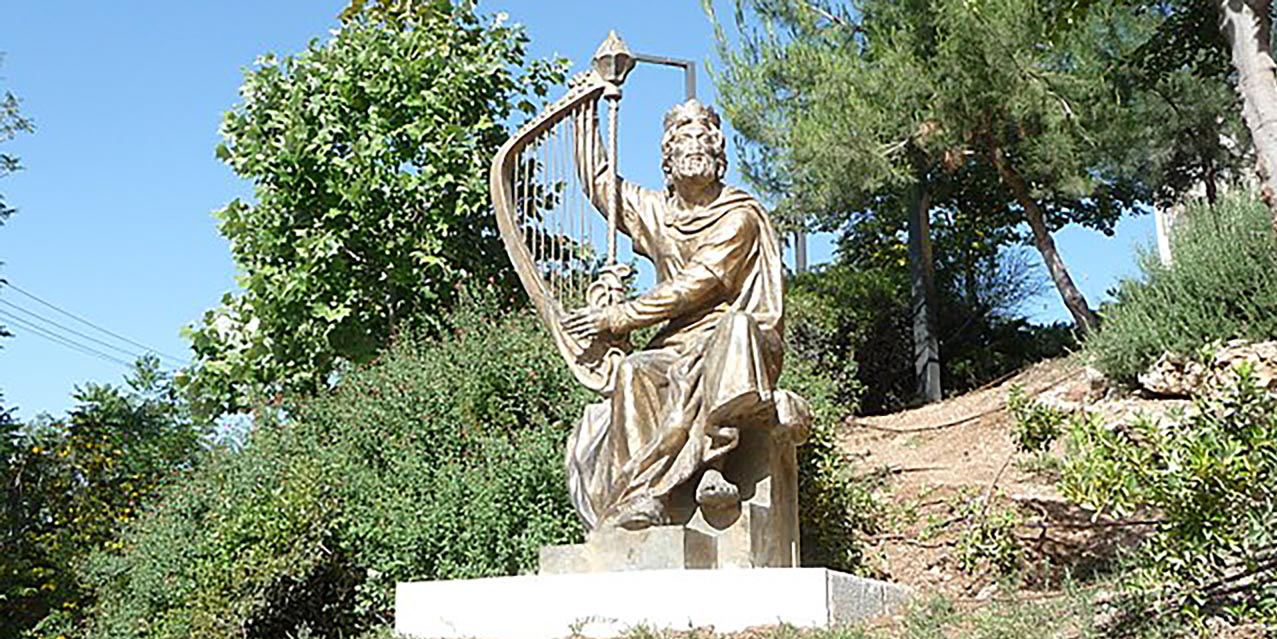Examining the historicity of 1st & 2nd Samuel, continued
In the previous post, I started my look at the historicity of some of the favorite stories in the Bible, which are the subject of my new novel Quest for a King, the first book of the proposed “Age of the Kingdom” series. The title “What Is Truth” is a quote of Pontius Pilate, when he was questioning Christ. Today, it is popular for people to talk about “my truth,” as if you can pick and choose what you believe to be true, but that is just a cop-out and gives permission to avoid truths that make people uncomfortable.
In the previous post, I examined the fact that, for over a century, many scholars didn’t believe King David existed, but that changed with the discovery of the Tel Dan Stele, an engraved stone which spoke of a Syrian King’s defeat of the “King of Israel” and the “King of the House of David.” The 1993 discovery was the first discovery of a mention of David outside the Bible and since the default position of scholars is that the Bible is mythology unless a secular archeological discovery confirms it, this was an extremely important find. The engraving seems to be describing the events of 2 Kings 9.
So not only does it confirm the story in 2 Kings, it confirms that the kings of Judah were known as the “House of David.” We know from the Bible that all the kings of the southern kingdom of Judah were descendants of David.
Other discoveries have backed up the Tel Dan Stele, such as the Mesha Stele, which also mentions the “House of David,” and the Sheshonq inscription. Discovered in Egypt by Kenneth Kitchen in the late 1990s, it appears to mention the “heights of David” in a list of places conquered by Pharaoh Sheshonq 1, known to have invaded Canaan in 925 B.C. and usually identified with King Shishak mentioned in 1 Kings 14:25 as attacking Jerusalem during the reign of Rehoboam, David’s grandson. If the translation is correct it would be the earliest mention of David to be found by archeologists, but the interpretation is anything but certain.
Keeping in mind that the inscription is in Egyptian hieroglyphics rather than a Semitic language like Aramaic, the words in question are h(y)dbt dwt which Kitchen transliterated from hieroglyphs to Hebrew and then translated “heights of David.” Scholars do not agree about the translation, since dwt is not dwd, as would have been expected, but the language barrier could explain the difference and the only other possible translation of dwt is “dot,” which does not appear to be a word in any ancient document (see article).
Like I said, you can get into the weeds pretty quick with this kind of research and the difficulty of interpreting documents from two-to-three-thousand years ago makes it possible for skeptical scholars to keep doubting. But there are other reasons to believe the Bible stories are true.
If the Jews after the Babylonian captivity invented the character of King David to bolster nationalism, would they have included the story of his adultery with Bathsheba and his ordering the death of her husband Uriah? Would they have included his shameful abandonment of Jerusalem in the face of his son Absalom’s rebellion?
Such stories show that the account is of a flawed human being, not a superhero or romaticised, larger than life legend. The same can be said of the entire Old Testament. The Israelites are presented as deeply flawed. Though God chose them to be his representatives on earth, they were more often than not, rebelling against God or simply succumbing to the paganism around them.
That, for me, is a strong recommendation for considering the stories as actual accounts of real people.







